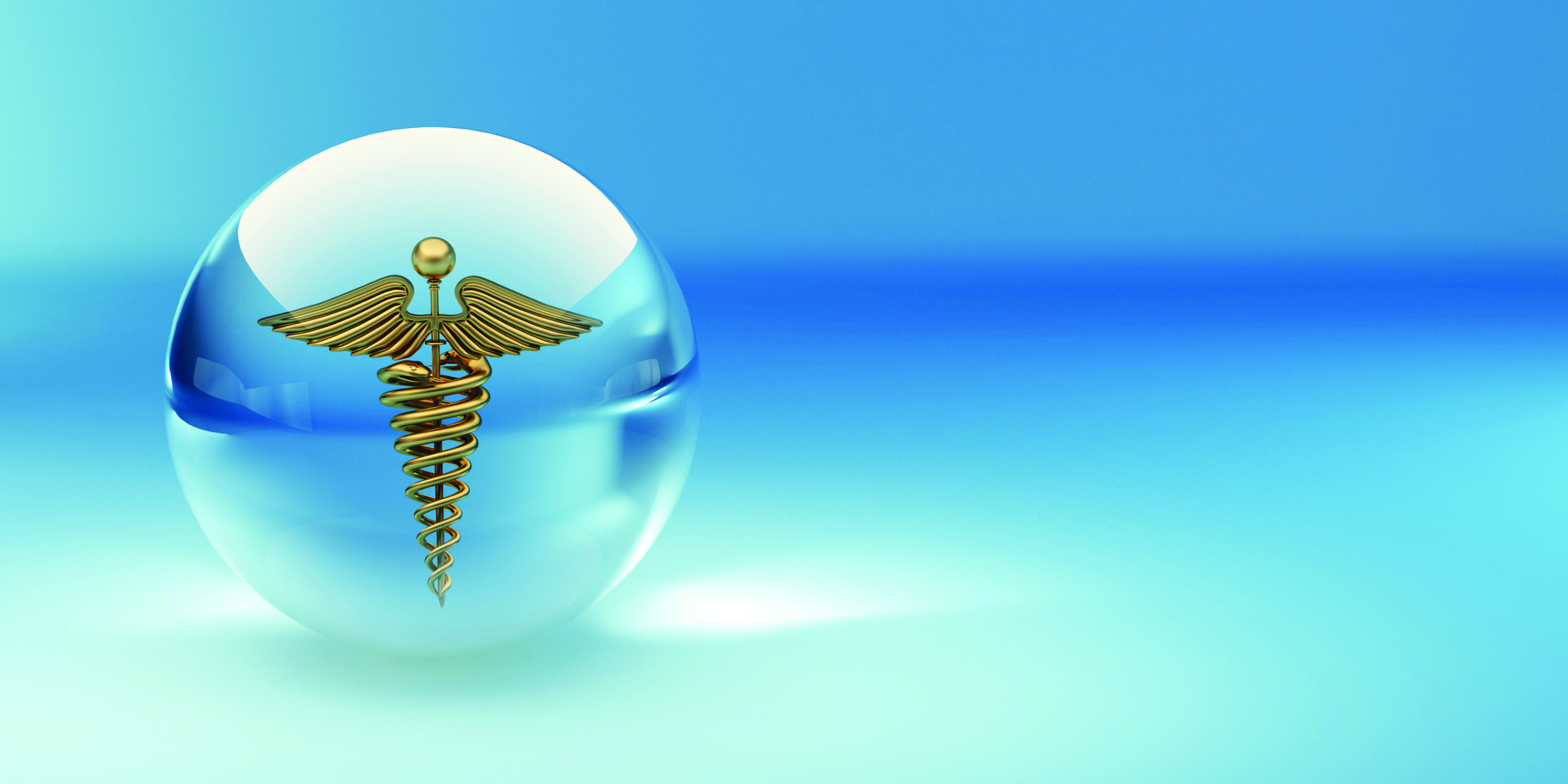Can the fossilized remains of an ancient, organic forest treat many modern medical problems? Like Ripley, you might say, “It’s too good to be true.” But unlike today’s medicines, LeafSource has been 100 million years in the making!
The Cretaceous Age started 145 million years ago. It was the golden age of giant tree ferns, fresh marsh vegetation and rich food sources. But, unhappily, all ages end. Nevertheless, this period has been preserved in a seabed deposit in New Mexico, U.S.A. Now, its nutritious content is available in a capsule called LeafSource.
It’s been said that, “Humans are starving to death on full stomachs.” This is because optimum health and longevity of the body depend on the absorption of enough raw material to repair and regenerate itself. The lack of essential nutrients in humans leads to decreased energy and premature aging.
Today, we are victims of our environment. Research shows that modern food processing is stripping away needed nutrients. Moreover, man-made synthesized products are less likely to be recognized and utilized by the body. In other words, you cannot fool the human body.
Another problem is current over-farming of land, reducing it to barren soil. So, we may be getting sufficient calories, but not enough nutrients.
Dr. Bruce Ames, professor of biochemistry and molecular biology, at the University of California, believes that micronutrient deficiencies can result in extensive DNA damage, ultimately leading to cancer.
Scientists refer to ‘the dilution effect’ of plant-based mineral in the ground. For instance, since 1963 the calcium content of broccoli has dropped by 50%, potassium in beets 10%, and manganese in spinach 10%. Today, most vegetables have lost half their sodium and calcium, a quarter of their iron and 75% of copper.
You may think that when farmers add potassium, nitrogen, phosphorus and calcium chloride to the soil, this corrects the problem. But research shows these individual elements block the uptake of trace minerals, robbing us of vital nutrients.
To counter these deficiencies LeafSouce contains over 70 trace minerals in their highly bioavailable natural organic forms. It also contains a high concentration of humic acid, which the National Institute of Health reports is effective against viral diseases such as influenza, mononucleosis and shingles.
Humic acid also helps to eliminate free radicals which are associated with aging and degenerative diseases. Free radicals are caused by stress, air pollution, exposure to radiation, artificial preservatives, alcohol and cigarette smoke.
LeafSource, unlike other products, is mined in a barren but highly protected desert environment. This means that only five acres is being disturbed every few years and mined only to a depth of 20 ft. The site is then returned to its natural state.
So who of us should take LeafSource? It’s for those who want to increase overall health and energy. Others who want to maintain strong bones, healthy hair, skin and nails. It’s also good for the elderly who often have compromised nutritional uptake and reduced immunity. And it is helpful for those suffering from pain due to joint and inflammatory conditions.
The usual dosage for humans is one capsule twice a day, or two twice a day for pain and inflammation. For those who love their pets, half a capsule for small ones and one for large animals sprinkled on their food is recommended.
This seabed deposit of ancient fossilized remains has several interesting aspects. For instance, sea animals live much longer than land based ones and do not develop atherosclerosis (hardening of arteries) that kills so many humans. And interestingly the New Mexico seabed deposit was first used as fertilizer. Then it was given to animals. Humans are the last in line!
I must admit that this research has been a learning experience for me. I never realized there could be so much nutritional value in a pile of dirt! And since I’m likely deficient in these trace minerals, I’ve added LeafSource to my daily routine.
I suspect even Ripley might find this pile of dirt an interesting exhibit for his Believe it or Not museum.
For comments, email info@docgiff.com.



